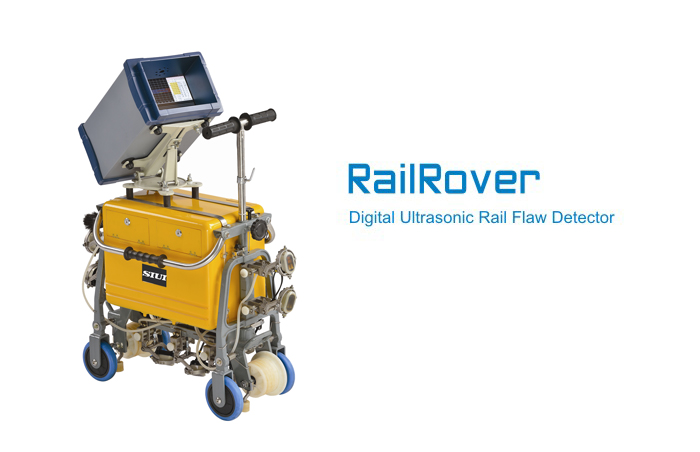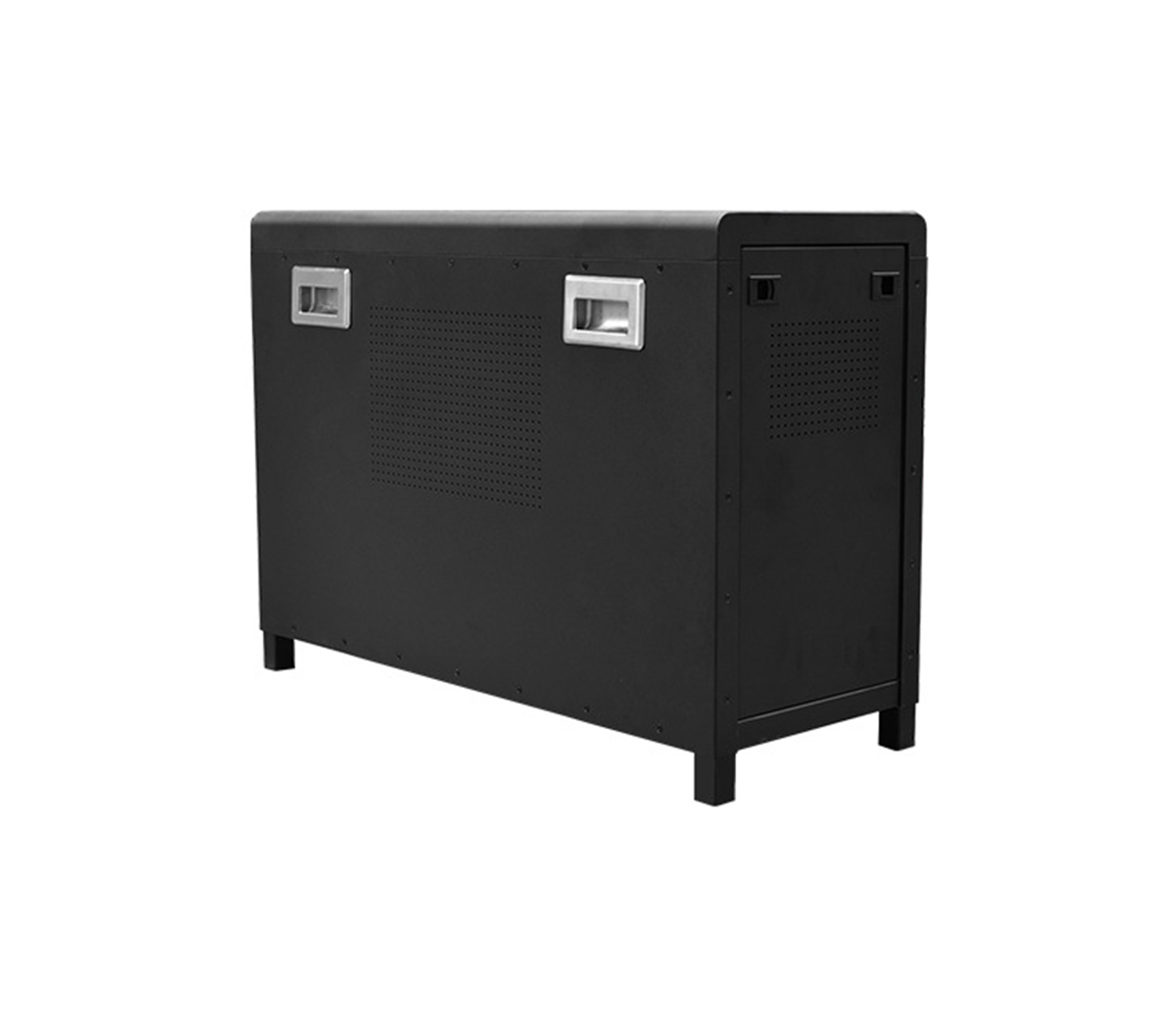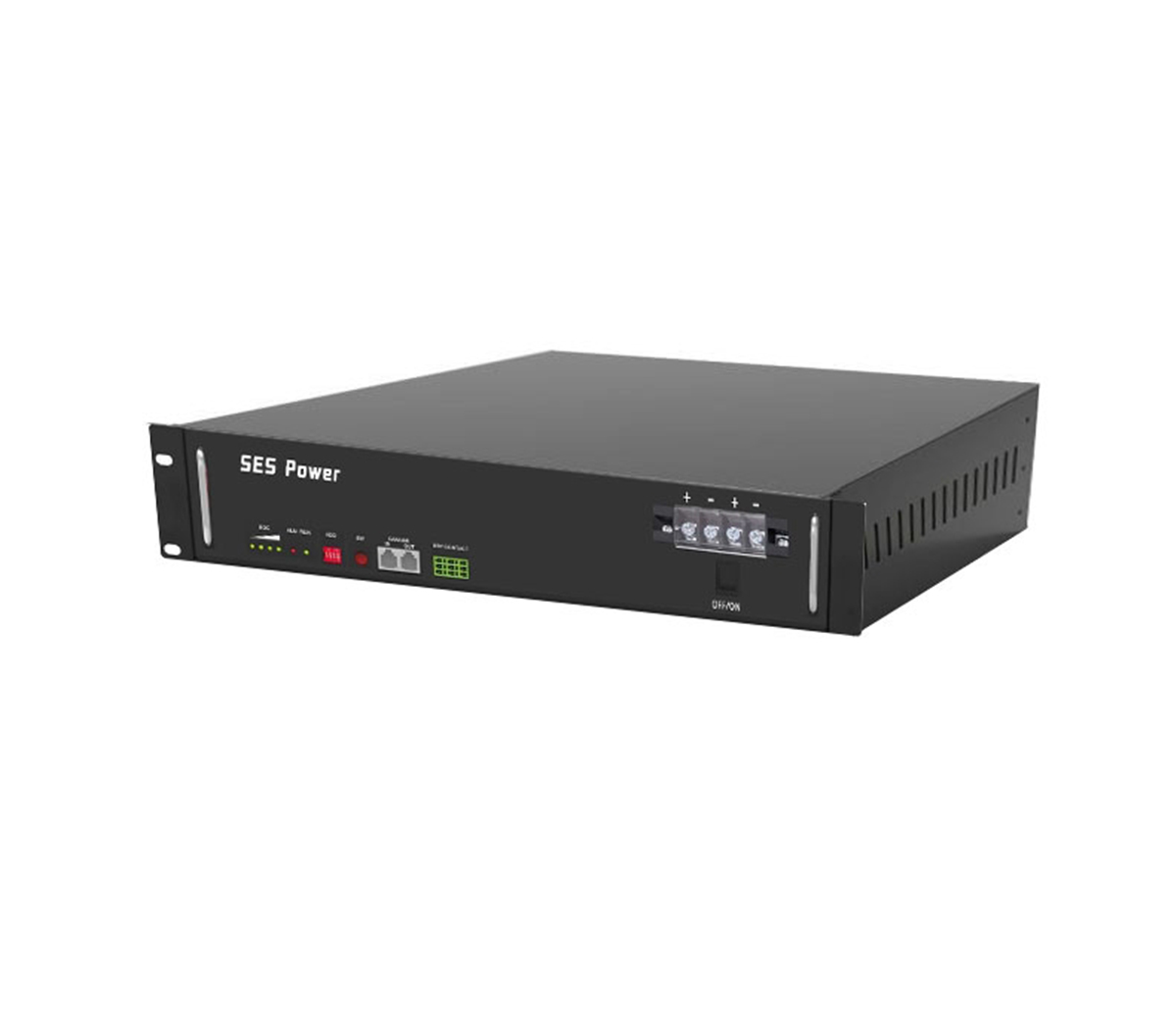Research and analysis on the status quo of the lithium battery industry
In recent years, benefiting from the rapid growth of China's demand for new
energy (electric) vehicles and energy storage, China's lithium battery,
especially power lithium battery industry has ushered in an explosive period of
development, and the long-term prospects of the industry are optimistic by all
parties. Therefore, many listed companies have deployed lithium batteries in an
attempt to grab a piece of the pie. For a time, lithium battery concept stocks
have emerged one after another, and it is difficult to distinguish between true
and false. To this end, this article deliberately sorts out listed companies in
the lithium battery industry and analyzes their finances to help readers have a
deeper and more thorough understanding of the status quo of the industry. In
this series, companies in the lithium battery industry are divided into upstream
resource and raw material companies, midstream battery material companies and
downstream battery companies. This article is about upstream lithium resources
and raw materials. According to EVTank analysis, China’s lithium battery
shipments in 2017 have reached 74.8Gwh, accounting for 52.1% of global
shipments; among them, vehicle power lithium battery (EVLIB) shipments reached
38.0Gwh, accounting for global vehicle power lithium batteries (EVLIB). )
Shipment volume is 65.4%. In 2016, China’s lithium power battery shipments were
30.5Gwh, and in 2015 it was 17.0Gwh. The increase in shipments of lithium
batteries has also driven the rapid growth of upstream lithium compound demand.
According to preliminary statistics from the Lithium Branch of the China
Nonferrous Metals Industry Association, the world output of lithium and its
derivatives equivalent to lithium carbonate equivalent in 2017 was about 235,400
tons, a year-on-year increase of 21.5%; of which, China’s lithium salt
production was 123,400 tons, a year-on-year increase of 43.5%; In 2017, the
global consumption of lithium was equivalent to about 237,000 tons of lithium
carbonate, a year-on-year increase of about 15%; the global supply of lithium
compounds was in a tight balance throughout the year, and the price of lithium
carbonate increased from 120,000 to 30,000 yuan/ton at the beginning of the
year. 70 thousand yuan/ton, the highest even reached 180 thousand yuan/ton;
among them, the highest increase of battery-grade lithium carbonate reached
47.54%, and the increase of industrial grade lithium carbonate was 52.73%. The
rapid increase in the price of lithium salt raw materials such as lithium
carbonate has not only promoted the expansion of existing enterprises'
production capacity, but also attracted a large number of outsiders to enter. A
battle for lithium salt is slowly kicking off. Tian Qi Li industry's
preparations to establish Tian Qi Li industry is one of the world's top five
suppliers of lithium ore, its main business includes: the development of solid
mineral resources of lithium, lithium chemical products and lithium ore trade.
The main product varieties include chemical grade lithium concentrate, technical
grade lithium concentrate, industrial grade lithium carbonate, battery grade
lithium carbonate, industrial grade lithium hydroxide, battery grade lithium
hydroxide, anhydrous lithium chloride, lithium metal and other lithium chemical
products . In 2017, benefiting from high prices and increased demand for lithium
carbonate, Tianqi Lithium's performance increased significantly: the sales
volume of lithium concentrate increased by 29.84% from the previous year to
407,200 tons, and the average sales price increased by 27.04% from the previous
year; lithium The sales volume of chemical products increased by 33.28% from the
previous year to 32,400 tons; the annual operating income was 5.47 billion yuan,
an increase of 40.09% over the same period of the previous year; the
comprehensive gross profit rate of the product was 70.14% (see Table 1); it was
attributable to the parent company Shareholders’ net profit was 2.145 billion
yuan, an increase of 41.86% from the same period last year. Good performance
and high lithium product prices have brought Tianqi Lithium Industry stronger
confidence and greater ambition. According to financial reports, in 2018, Tianqi
Lithium will vigorously promote capacity expansion: Suining Anju 20,000 tons of
lithium carbonate project is stepping up feasibility studies and other
preliminary preparations, and Australia’s total 48,000 tons of battery-grade
lithium hydroxide monohydrate construction project is in progress. It is being
implemented in an orderly manner. The first phase of 24,000 tons is expected to
be completed by the end of 2018, and the second phase will be completed by the
end of 2019; the Shehong base and Zhangjiagang base continue to implement
technical reforms, and the Chongqing Tianqi metal lithium and lithium profile
production lines are optimized and upgraded during the restoration. In addition
to the current lithium salt production capacity of 34,000 tons/year, including 5
million tons of lithium hydroxide and 29,000 tons of lithium carbonate, it is
expected that the lithium salt production capacity of Tianqi Lithium Industry
will exceed 100,000 tons by 2020. Tianqi Lithium's expansion is not only based
on its confidence in the market, but also on its own competitiveness. The first
is sufficient resource reserves. Tianqi Lithium currently owns solid lithium
resources and is involved in salt lake resources. Its holding company has the
largest reserves and the best quality spodumene mine in the world, Greenbushes
(Western Australia). Greenbush Mine). According to the Reserve Assessment Report
issued by BehreDolbear Australia Pty. Limited, as of September 30, 2016, the
total resources of the Greenbush Lithium Mine were 165.1 million tons,
equivalent to 8.33 million tons of lithium carbonate equivalent. ; The total
lithium ore reserves are 86.4 million tons, which is equivalent to 5 million
tons of lithium carbonate equivalent. Its wholly-owned subsidiary, Shenghe
Lithium, owns the mining right of the Cuola Spodumene Mine in Yajiang County.
The mine area has identified 19.714 million tons of ore, equivalent to 255,744
tons of lithium oxide resources, and the average lithium oxide grade is 1.3%,
equivalent to The equivalent of lithium carbonate is about 630,000 tons. The
second is financial preparation. In 2017, Tianqi Lithium’s asset-liability ratio
was only 40.39% (see Table 2), the current ratio was 3.11, and the ratio of
currency assets to current assets was as high as 70.24%, which means that its
currency assets are twice as large as current liabilities. Any debt servicing
pressure. Its monetary capital reached 5.524 billion yuan, fund-raising
activities increased by 2.264 billion yuan, and operating activities increased
by 3.09 billion yuan; obviously, Tianqi Lithium has made sufficient financial
preparations for capacity expansion. The third is cost control and research
investment. In 2017, Tianqi Lithium's R&D investment was 28.55 million yuan,
an increase of 342% year-on-year. While vigorously increasing R&D
investment, strictly control other expenses (see Table 3), which is obviously
conducive to improving its gross profit margin and competitiveness. Tianqi
Lithium Industry has fully prepared for future competition. As an old rival in
China, Ganfeng Lithium is not lagging behind. The layout of Ganfeng Lithium
Ganfeng Lithium is one of the world’s top five suppliers of lithium compounds
and metal lithium. Its business covers upstream lithium extraction, midstream
lithium compounds and metal lithium processing, and downstream lithium battery
production and recycling, including: upstream lithium Five major businesses
include resource extraction, deep processing of lithium compounds, metal lithium
production, lithium battery production, and lithium secondary utilization and
recycling. In 2017, Ganfeng Lithium's performance increased significantly:
operating income increased from 2.844 billion yuan in 2016 to 4.383 billion yuan
in 2017, a growth rate of 54.12%; net profit attributable to shareholders of
listed companies increased from 464 million yuan in 2016 Increased to 1.469
billion yuan in 2017, a growth rate of 216.36%. The company's total assets
increased from 3.809 billion yuan in 2016 to 8 billion yuan in 2017, a growth
rate of 110.02%; net assets increased from 2.488 billion yuan in 2016 to 4.037
billion yuan in 2017, a growth rate of 62.25%. Like Tianqi Lithium, Ganfeng
Lithium also started its own upstream capacity expansion. On February 25, 2018,
Ganfeng Lithium stated that its new 20,000-ton lithium hydroxide production line
has been completed and put into production and is in the trial stage; the
17,500-ton lithium carbonate production line currently under construction is
planned to be put into operation in the second half of 2018. Shanghai currently
has nearly 40,000 tons of production capacity, and by the end of 2018, its
lithium salt processing capacity will reach nearly 80,000 tons. Ganfeng
Lithium has made sufficient resource allocation for capacity expansion. At
present, Ganfeng Lithium owns equity in six high-quality lithium resources in
Australia, Argentina, China and Ireland: One is MountMarion, the second
largest spodumene mine in operation in the world. MountMarion controlled and
inferred resources according to JORC rules is 2.7 million tons of LCE, with an
average lithium oxide content of 1.37%. The company has entered into a long-term
underwriting agreement. From 2017 to 2020, it can underwrite all the lithium
concentrate produced by MountMarion, and after 2020, it can underwrite no less
than 49% of the lithium concentrate; The second is Mariana, a lithium
concentrate located in the province of Salta, Argentina. Potash lake. According
to the resource estimation report prepared by Geos Mining, the
lithium-containing brine reserves of the Mariana project are 1,127 million cubic
meters, and the controlled and inferred lithium resources are 1,866 kilotons of
LCE. Preliminary exploration results show that Mariana has a homogeneous
geochemical composition that can be extracted at a relatively low cost through
the traditional solar evaporation process; The third is Cauchari-Olaroz, a
lithium salt lake located in Jujuy Province, Argentina. The lithium-containing
brine reserves of the Cauchari-Olaroz project are 11.8 million tons of LCE. The
company entered into an underwriting agreement to purchase 80% of the actual
production of 50% of Cauchari-Olaroz Resources Phase I from the American Lithium
Industry. Cauchari-Olaroz plans to start production at the end of 2019 or early
2020; fourth is Pilgangoora, one of the world’s largest new spodumene mines
in Western Australia. The spodumene reserves of the Pilgangoora project are 4.9
million tons of LCE, and the average lithium oxide content is 1.25%. The company
has entered into a long-term underwriting agreement to obtain an annual supply
of 160,000 tons of lithium raw materials, with an initial period of ten years.
Currently, the Pilgangoora project is scheduled to be put into operation in the
second half of 2018; 5 is Avalonia, a spodumene mine located in Ireland, which
is currently in the early stage of exploration; 6 is the Ningdu Heyuan Mine,
located in Ningdu County, Ganzhou City, Jiangxi Province. Lithium resources of
the Ningdu Heyuan Mine It is 100,000 tons of LCE, with an average lithium oxide
content of 1.03%. In terms of financial preparations, at the end of 2017,
Ganfeng Lithium’s asset-liability ratio was 49.45% (see Table 4), with a current
ratio of 1.62, which was relatively healthy and under pressure of unpaid debt;
cash was 2.237 billion yuan, relatively sufficient; cost control was also good
(See Table 5). The attack of the Salt Lake Stocks Seeing the two giants
expand aggressively, the Salt Lake stocks, which backed by the salt lake
resources, are not to be outdone. Salt Lake Co., Ltd. is an established listed
company in Qinghai. Its lithium carbonate business is part of the comprehensive
utilization of salt lake resources. It is mainly operated by its indirect
holding subsidiary Lanke Lithium. It currently has a production capacity of
10,000 tons of lithium carbonate. In 2017, Salt Lake Co., Ltd. achieved
operating income of 11.699 billion yuan, an increase of 12.88% over the previous
year; of which, the lithium carbonate business only achieved operating income of
748 million yuan, but the net profit reached 420 million yuan, the profit rate
was as high as 56.15%, and the gross profit rate was as high as 56.15%. 68.59%
(see Table 7). Undoubtedly, increasing the production capacity of lithium
products and increasing their share of revenue is the best way to improve
corporate profitability. Therefore, on December 27, 2017, Salt Lake Co., Ltd.
announced its capacity expansion plan: Salt Lake Co., Ltd. plans to start a
50,000 tons/year battery grade lithium carbonate project. Among them, Lanke
Lithium intends to increase the existing 10,000 tons/year carbon dioxide On the
basis of the lithium device, expand the battery-grade lithium carbonate project
with an annual output of 20,000 tons. After the expansion, the production scale
will reach 30,000 tons/year lithium carbonate; in addition, Salt Lake BYD will
build a new battery-grade lithium carbonate project with an annual output of
30,000 tons/year After the expansion, the production capacity of Salt Lake Co.,
Ltd. will reach 60,000 tons. According to the financial report, the expansion
of Salt Lake's production is first based on the advantages of lithium resource
development in the Chaerhan Salt Lake. Salt Lake's potash production is
estimated at an annual output of 5 million tons, and the annual discharge of old
brine is about 200 million cubic meters per year, and its lithium ion
concentration is about 200-250 mg, that is, the lithium resources in the old
brine discharged every year are converted to lithium chloride. It is
200,000-300,000 tons; the raw material liquid provides a reliable resource
guarantee for the development of the lithium industry. The second is technical
advantage. Lanke Lithium's annual production of 10,000 tons of lithium carbonate
project, introduced in 2010 the Russian adsorption method for lithium extraction
technology, has broken through the key technology of extracting lithium salt
from high-magnesium and low-lithium brine.


































